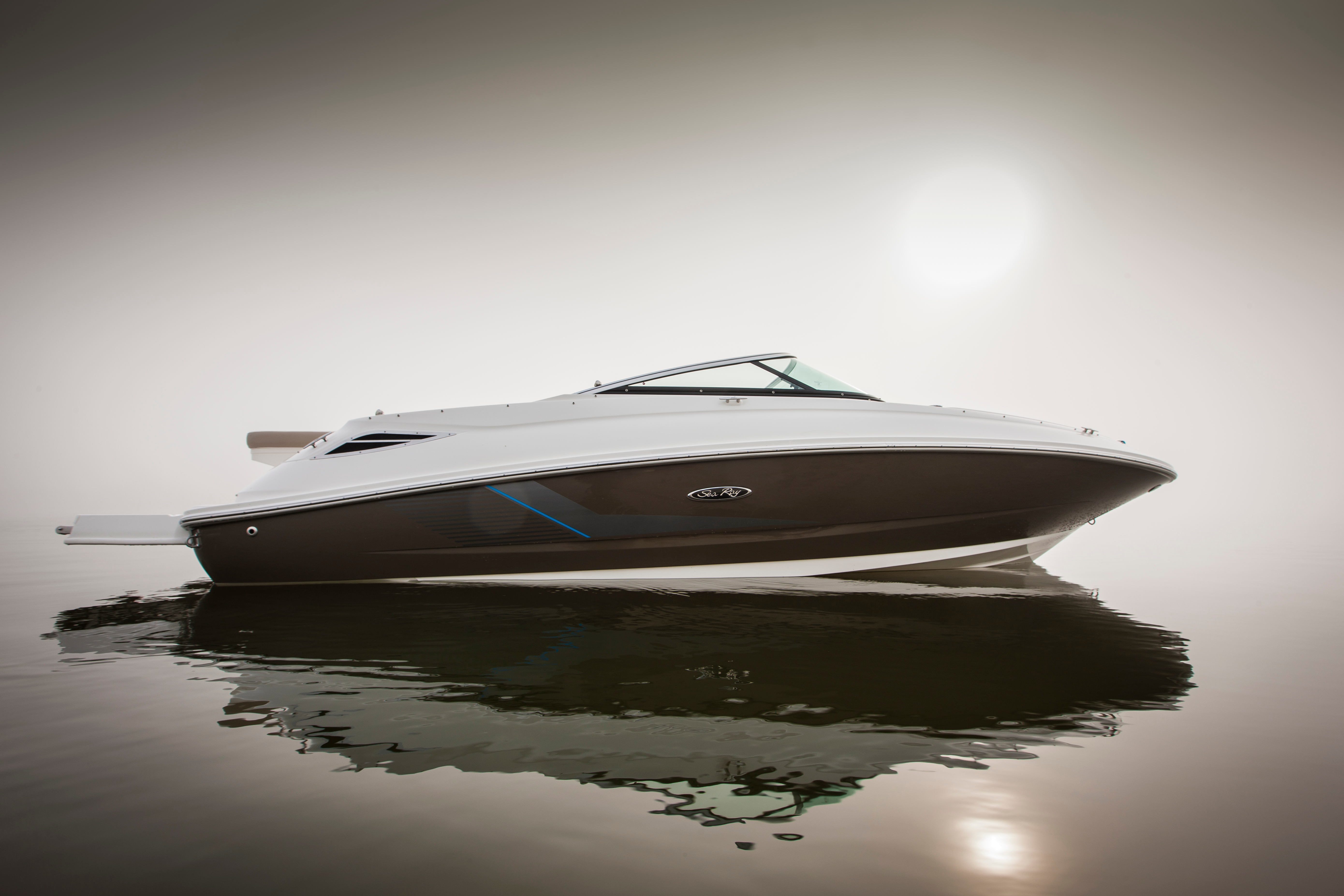It is important that you choose the right engine or prop for your boat if you want it to operate at the manufacturer's maximum recommended engine RPM and if you want something suitable to the type of boating you do. If you have an engine that doesn’t reach the recommended RPM when at full throttle then you will be getting an over propped condition which leads to lugging.
Placing this much strain on the engine can lead to damage. If an engine goes beyond the recommended RPM then it will experience higher than normal wear. This is why selecting the right propeller is important in the performance of your boat.
The following tips will help you to choose the right prop for your boat.
When it comes to boat propellers they are often described by the diameter and pitch. If you have a smaller engine or boat you will generally want a smaller diameter prop. If you have a lower pitch on your prop then you will have greater acceleration and pulling power. A higher pitch prop will make your boat go faster but only if the engine has enough power to keep the RPMs at their optimum range. So make sure you select a prop size or diameter and pitch that works within the correct RPM range for your engine.
Next you need to consider the number of blades on the prop. Just a slight change in the number of blades may require a minimal adjustment in the diameter and pitch to keep the RPMs within their proper range. Generally you can use a three to four blade prop without having to worry about much of a change in performance.
The biggest difference between the three and four blade propeller is the handling. Three blade propellers are preferred for general or all-purpose use since they give good acceleration and control with excellent top speed performance. On the other hand, the four-blade option is best for those who want great acceleration, more bow lift and excellent pinpoint steering.
Now you should consider the material used in constructing the propeller. Propellers are typically made out of composite, aluminum or stainless steel. Composite propellers are preferred for good performance, durability and a low price. Aluminum propellers are the most common and have the widest range of applications. Stainless steel is the most expensive but give you the best in performance and durability.
Finally you should consider cupped propellers. These have special curved trailing edges that help the propeller to maintain their performance at a higher level if you want to take the corners tighter. If you want to achieve a higher top-end speed performance. These types of propellers also help to provide more efficient fuel consumption.
The main goal of choosing a proper boat propeller is to select one that allows the engine to achieve its optimal wide-open throttle. This is typically between 5000 and 5500 RPM for outboard motors and 4400 to 4800 for stern drives or depending on the type of engine you have. You can find the specific information through the owner’s manual of your boat or engine.


